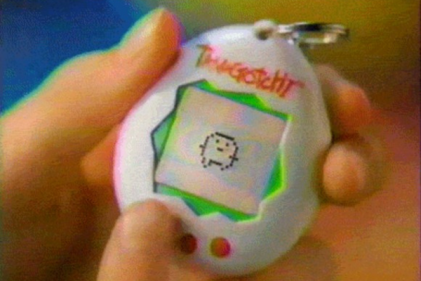Most children will get a sore throat at some time or another but most childhood strep infections happen between the ages of five and 15 years. However, toddlers can get strep throat infections too. While some throat infections are not dangerous, and will pass, some, like strep infections, can be dangerous. Here are signs and symptoms you should look for.
If your toddler has a very red throat, that is speckled with white, it might be a serious infection.
Swollen glands in the neck are another telltale sign of a strep infection.
Tonsils that are red or swollen are an indicator that your child may be suffering from a strep infection, rather than an ordinary sore throat.
A sore throat, accompanied by fever and chills, could also be a strep infection.
If your child’s throat infection is accompanied by a headache, or by nausea, you should also be concerned about strep throat.
Last, but not least, if your toddlers sore throat is accompanied by a runny nose, then you should be worrying about a strep throat infection.






